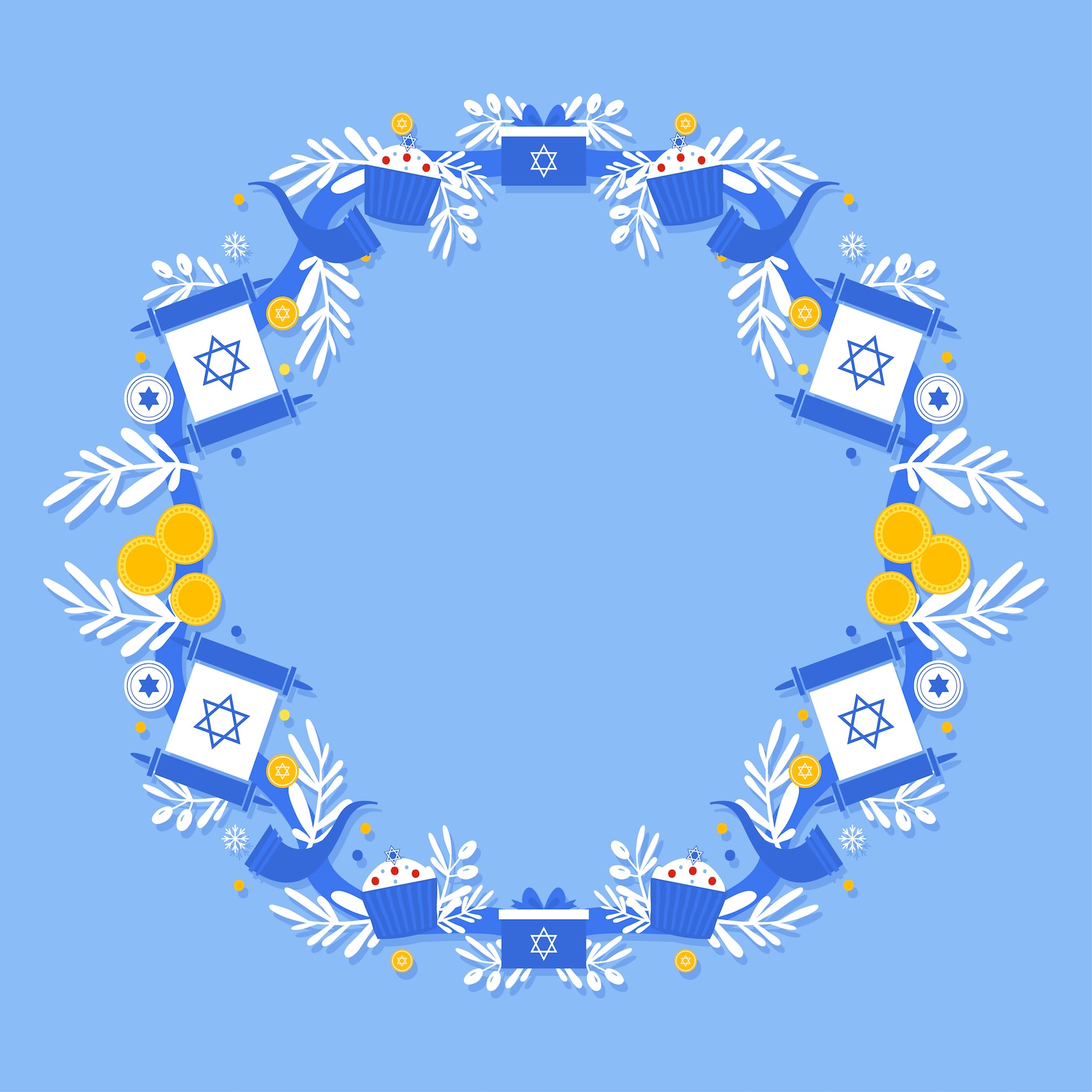Sukkot
Feast of Booths
Sukkot is the third holiday in the Hebrew month of Tishrei and is one of the most important Jewish holidays. Sukkot is one of the three pilgrimage holidays when the whole Jewish people would come to Jerusalem in ancient times when the Holy Temple was there and would offer animal and grain sacrifices. It is a particularly joyous holiday that combines religious and agricultural elements.
Sukkot originates in the Torah and commemorates the booths in which the Israelites lived in the desert after the exodus from Egypt. A sukkah is a temporary dwelling, usually with wooden or cloth walls on at least three of its four sides and a roof made of tree branches (traditionally palm fronds) through which the sky can be seen.
Another explanation for the custom of building booths is to commemorate the booths built in the fields at harvest time to protect the harvested crops.
Sukkot is also known as the Harvest holiday, as it is celebrated in the autumn, after the summer harvest, and before the planting of winter crops. A central theme in the holiday prayers is rain: the farmers thank God for this year’s harvest and pray for rain for the coming year.
Sukkot lasts seven days, from the 15th to the 21st of the Hebrew month of Tishrei (usually the middle of October). The first day and last days are particularly festive: the first is a holy day, a rest day, when no productive work is allowed, similar to Shabbat, so most businesses are closed; the eighth day from the beginning of Sukkot is called Shemini Atzeret, is a separate holiday. The intermediate days are similar to weekdays.
More Resources:
PJ Library for Sukkot
Shalom Sesame: Noam's Sukkot
Sukkot Playlist (Spotify)
The Lego Movie for Sukkot
.jpg?resize=400x0)



